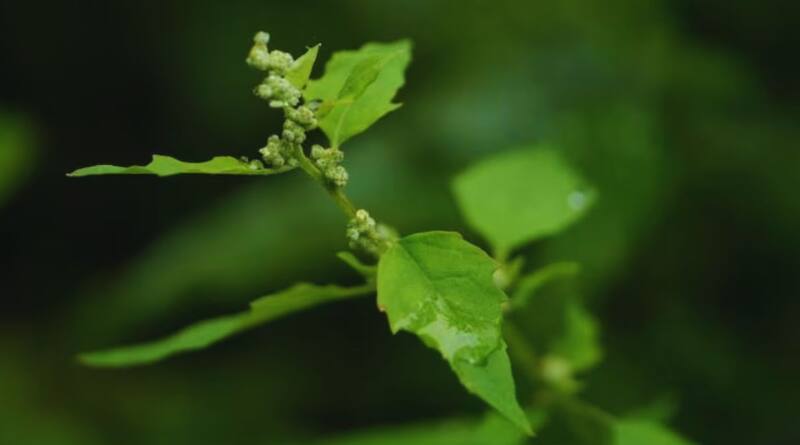You Need to Know- Healthy Indian Foods: Winter Green Bathua Is a Nutritional Powerhouse
Admit it: the vegetables always taste better in the winter. Crisp, fresh, seasonal, and colorful. The bathua is one of the greens that appears briefly during the cold months of the year. Leafy and low-profile, it lurks in the background while spinach and saag take the spotlight. Take Bathua, especially if you want to lose weight and improve your complexion and hair.
Nutrient profile: Bathua
The bathua, also known as Chenopodium album, parupukkiral in Tamil, pappu kura in Telugu, and chakravarty in Kannada, is a nutrient-dense plant.
According to Dr. Ekta Singhwal, dietitian at Ujala Cygnus Group of Hospitals, leafy greens contain vitamins A, C, and B complex, as well as minerals such as calcium, iron, and potassium. A small bowl of bathua is recommended in the winter. Incorporating seasonal greens into your diet can help boost immunity.
The fiber in bathua leaves aids in weight loss. The green leaves, known as saatvic aahaar in Ayurveda, contain a lot of water and are low in calories. They keep you fuller for longer, “bettering your digestive processes and easing out bowel movements, especially piles,” according to nutritionist Sayali Desai. “It contains magnesium, zinc, iron, and amino acids and can lower cholesterol levels.” The iron content promotes the growth of follicular tissues, giving your hair more growth and shine.”
Bathua uses
The Ayurveda, Atharva Veda, and Charak Samhita all mention the Chenopodium family, which includes Bathua. Bathua has many medicinal properties, according to traditional medicine, including acting as a tonic for the heart and liver, as well as a diuretic and laxative.
In ‘Chenopodium album Linn: review of nutritive value and biological properties’, published in the Journal of Food Science and Technology in July 2015, researchers emphasized the significance of reintroducing traditional food species into our diets. They cited research on bathua leaves’ value as a vegetarian source of zinc and magnesium, both of which are involved in regulating a variety of bodily functions, from immunity to heart health. They also mentioned previous research on how bathua’s sodium-to-potassium ratio is less than one, which could potentially help regulate blood pressure.
How to Eat Bathua
Bathua has traditionally been boiled, pureed, and stirred into yogurt, with the option of adding chopped red carrots, onions, or even boiled potatoes. “This is a wholesome mix to consume, especially if the curd is home-made with cow milk,” Sayali goes on to say.
Fry and toss the karipatta into the curds. Roll the leaves in while kneading flour for rotis and theplas, or incorporate them into pulaos, biryanis, soups, and stews. It’s a win-win.
Alternatively, you could drink bathua juice in the morning. ” The best absorption occurs on an empty stomach. Sayali recommends adding ginger, lemon, amla, and black pepper to the energy booster shot.
Another way to incorporate bathua leaves into your diet is to cook them with palak, chutneys, or methi. “You can consume raw bathua too, but ensure that the leaves are washed thoroughly,” said Dr. Ekta. “Mix bathua into soups, salads, or sauté it with other vegetables. Make parathas or combine them with lentils for a nutritious meal.
According to Pratiksha Kadam, consultant and dietitian at Kokilaben Dhirubhai Ambani Hospital in Navi Mumbai, blanching or lightly cooking the bathua leaves reduces their oxalic acid content. She adds that bathua can be blended into smoothies. Combine it with fruits to make your beverage more nutritious.
Remember to store in airtight bags in the refrigerator to maintain freshness and consume within a few days for the best taste and nutritional value.
Bathua is versatile and can be paired with any vegetable.
Pregnant women should consume moderately.
To test for allergies, consume a small portion first.
According to Kadam from Kokilaben Dhirubhai Ambani Hospital, bathua seeds are more nutritious than wheat, rice, corn, and millets.




